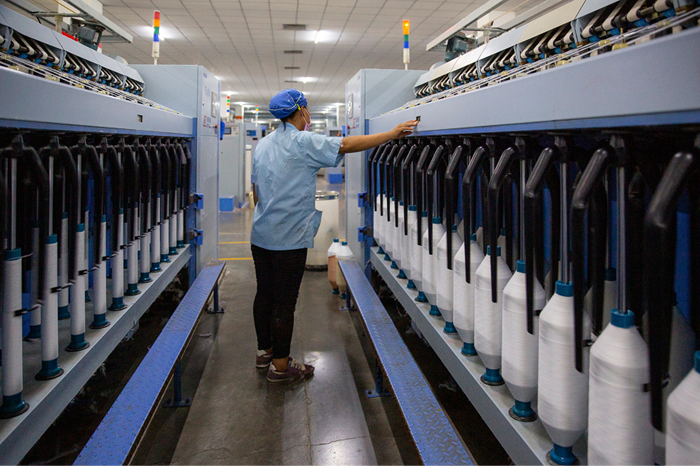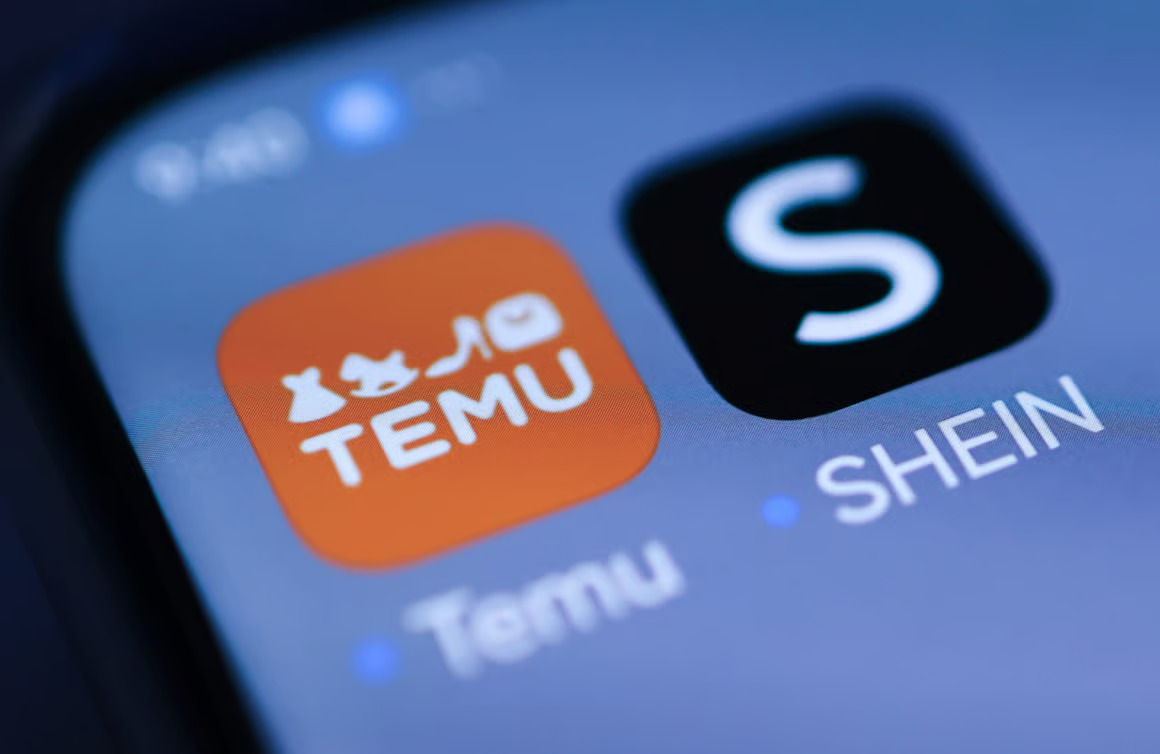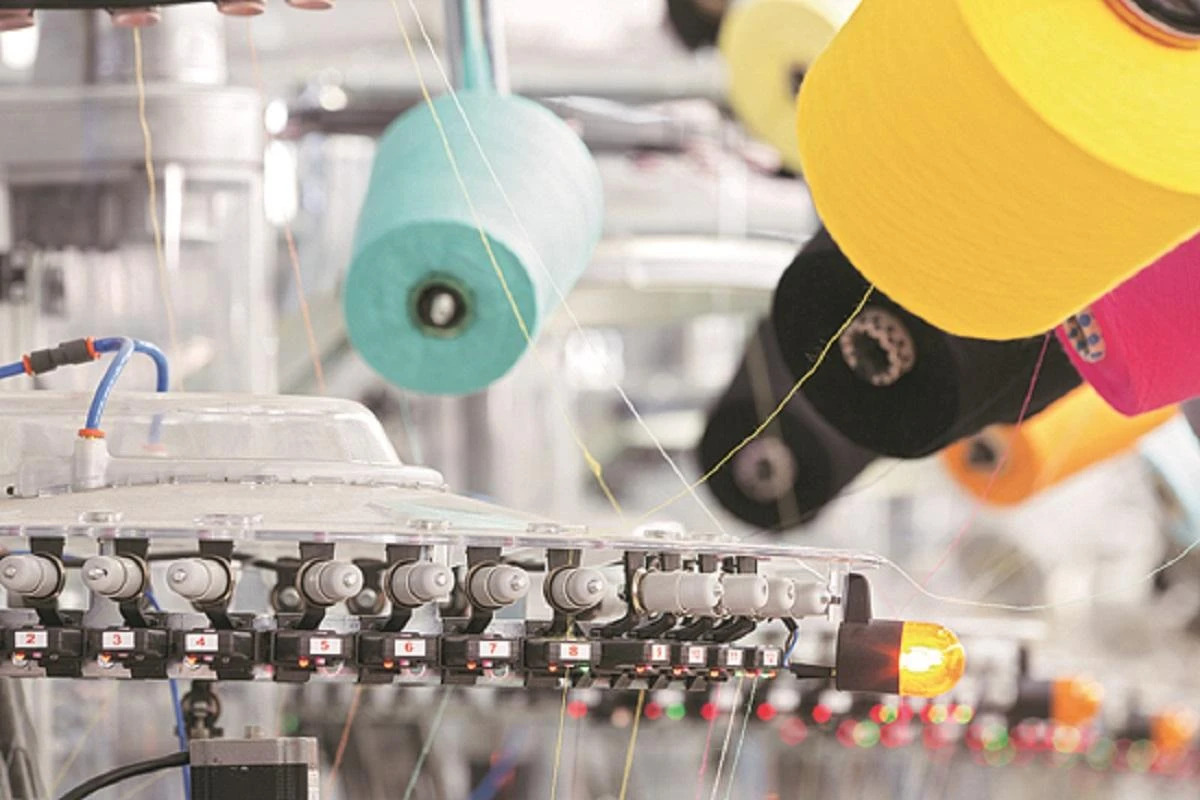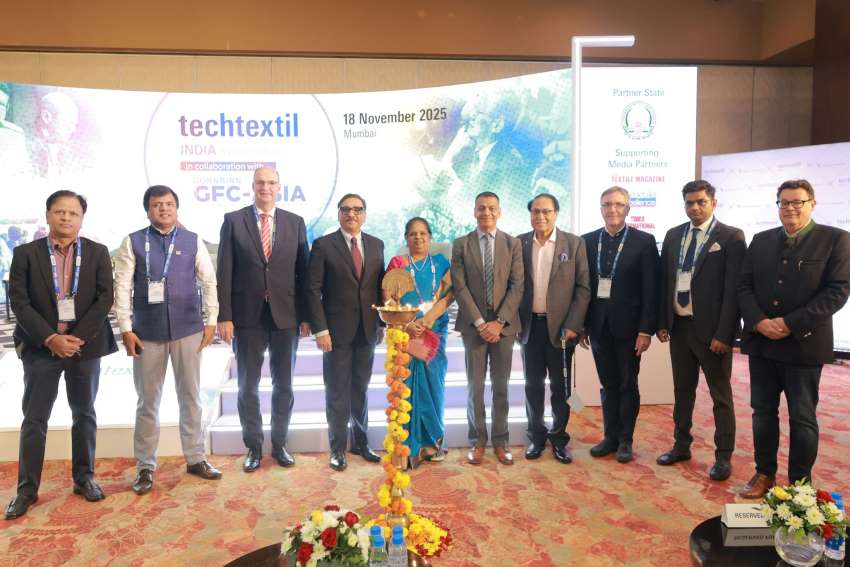Indian textile and clothing exports have stagnated during the last three years. One reason is the FTA/PTA competitive advantage gained by competing nations such as Bangladesh and Vietnam and the high tariff rates imposed on Indian textile and the clothing products in major textile markets such as the EU, the US, Canada and China.
So the industry has appealed to the Center to refund the accumulated input tax credit at the fabric stage in order to avoid cost escalation, encourage the Make in India initiative, reduce import of fabrics, avoid job losses etc. Certain GST anomalies need to be addressed on a war footing. The power loom sector and independent weaving units that produce over 95 per cent of the woven fabric are burdened with 18 per cent GST on yarn while the vertically integrated units do not have to face this problem as they need to pay 18 per cent GST for fibers and only five per cent GST on fabrics, and the cost difference works out to five per cent to seven per cent.
However, the entire cotton textile value chain and also all the textile job work come under the lowest and seamless slab of five per cent. The low rate will help protect the livelihood of over 40 million people involved in cotton farming and trading, make cotton the engine of growth for the Indian textile industry and clothe the people of the nation at an affordable cost.
Indian exporters need incentives
- 1
- 2
- 3
- 4
- 5
- 6
- 7
- 8
- 9
- 10
Threads of Labor and Steel: The human-machine ecosystem powering India’s textile…
India generates nearly eight million tonnes of textile waste every year, placing the country at the center of the global... Read more
Hanging by a Thread: US Tariffs cripple Indian textile exports, orders drop 70%
India’s textile and apparel industry is facing an unexpected mid-cycle rupture that is reshaping the sector’s economics far faster than... Read more
Sourcing's new compass, navigating apparel's great migration beyond Asia
The global apparel sourcing business is redefining the metrics of success beyond traditional labor costs. Led by geopolitical risks, consumer... Read more
No A-Grades for Climate: What the fossil-free fashion scorecard reveals about in…
For years, the global fashion industry has promised a cleaner, greener future but 2025’s Fossil-Free Fashion Scorecard by STAND.earth offers... Read more
Wired Threads: How India’s textile backbone is powering the smart apparel future
India’s huge textile industry, long celebrated for its command over cotton and competitive manufacturing scale, is going through a foundational... Read more
The New Core Competency: How sustainability and advanced fabrics are driving Ind…
The SportTech Pavilion at Techtextil India, hosted by Concepts N Strategies, concluded with a unanimous declaration: for India to successfully... Read more
New EU import rules set to raise prices for Shein and Temu, boosting European re…
Europe’s fashion and textile scenario is on the verge of its most consequential structural shift in over a decade. The... Read more
Global apparel trade rebalances in 2025 as Europe rises, Asia stumbles: Wazir Ad…
As the global apparel economy enters the final quarter of 2025, trade flows across major markets reveal a sector facing... Read more
Tariffs, turbulence and tenacity, India’s textile sector finds new strength
India’s textile and apparel export sector is showing a remarkable capacity to adapt and thrive in one of the most... Read more
Future Fiber Demand and the Chemical Recycling Imperative: Global industry eyes …
The global textile industry is entering a period of exponential growth and profound technological transformation, according to key figures speaking... Read more












